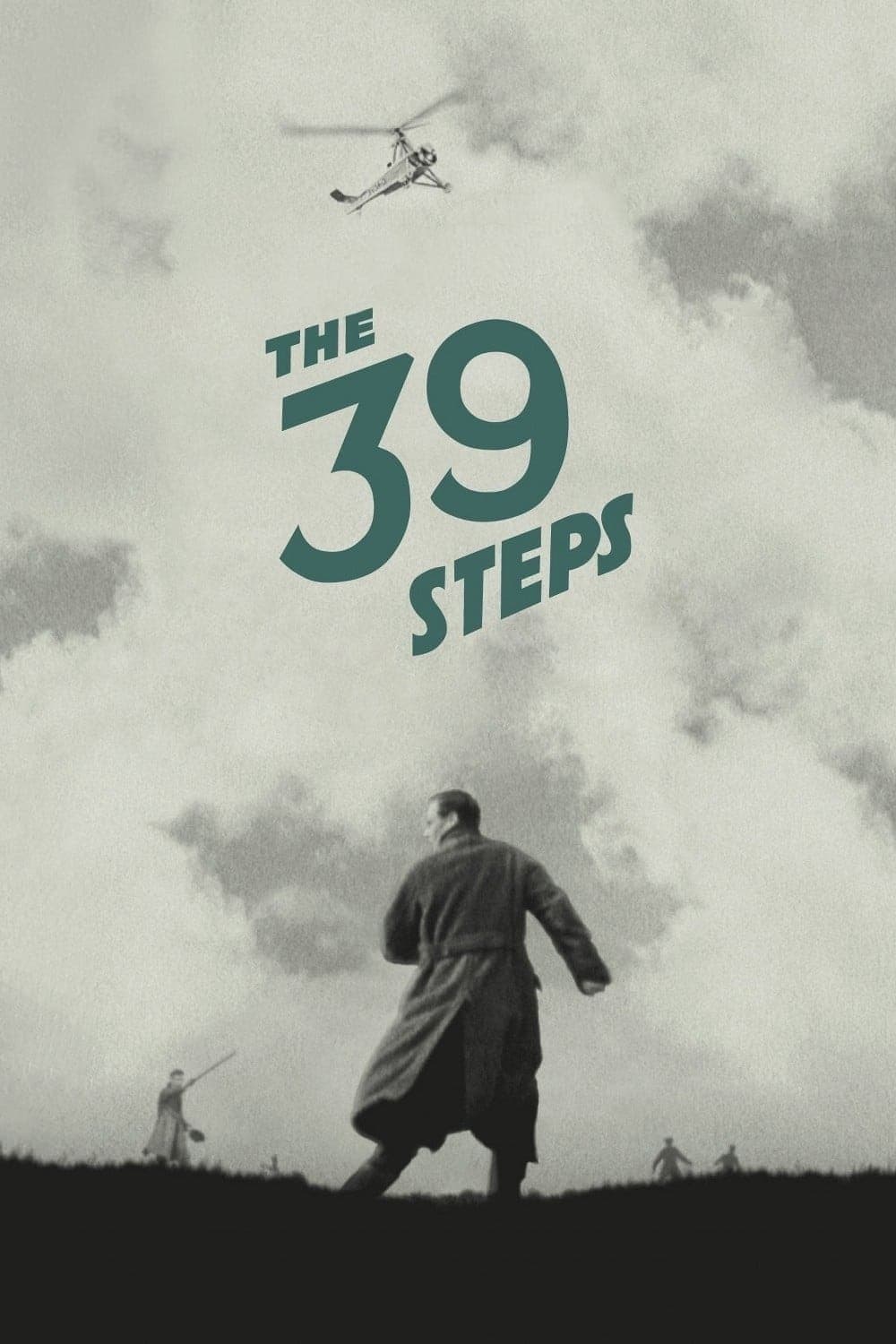
The 39 Steps
1935
Rate this movie
Average: 4.00 / 5
(1 votes)
Director
Still firmly in his British period, Sir Alfred does not fail to impress with his class, and despite not having access to the pharaonic Hollywood means that would later be at his disposal, he crafts a small gem flecked with good old British humour, a faint sprinkling of noir, and a masterful thrilling touch, the hallmark of one of the greatest directors of all time. The 39 Steps is a captivating narrative mechanism that skillfully blends espionage, suspense, and humour. This film, based on John Buchan's novel, represents one of the master of suspense's first major successes and anticipates many of the themes and techniques that would characterize his subsequent filmography, almost a Rosetta Stone for deciphering his entire cinematic lexicon.
Shot in black and white with a limited budget, The 39 Steps demonstrates Hitchcock's ability to create tension and engagement with simple but effective means, making the most of the power of editing, the evocative nature of the shots, and the ambiguity of the characters. It is in these years, forged in the tense atmosphere of inter-war England and influenced by German Expressionist cinema and Kammerspielfilm, that Hitchcock refined his aesthetic, learning to transmute the ordinary into the menacing and to transform anticipation into a visual art. Robert Donat and Madeleine Carroll, with their alchemical bond, their palpable chemistry, and their skill, contribute to making this film an enduring classic, defining a prototype of the couple on the run that the director would later replicate with countless nuances. Already at this stage of his career, Hitchcock demonstrates an extraordinary mastery of cinematic language, masterfully employing topoi such as the MacGuffin – here embodied by the mysterious organization that gives the film its title and the imperiled military secret, not merely a narrative device but a fuse that ignites a chain reaction and thrusts the innocent hero into the unknown, a lesson refined in subsequent works like North by Northwest or Psycho, where the object of desire is often a pretext for exploring the psychological vertigo of the characters. The other topos is the unjustly accused innocent, an archetypal figure embodying the alienation and paranoia of the common man overwhelmed by events larger than himself, a theme the director would explore in almost all his major works, from Saboteur to Psycho itself, and on to Frenzy. And, of course, the cool, blonde woman, here represented by Madeleine Carroll's Pamela, who deviates from the archetype of the fragile damsel in distress to emerge as an intelligent and witty ally, capable of matching the protagonist's wit.
Richard Hannay (Robert Donat), a Canadian visiting London, finds himself unwittingly embroiled in a dangerous spy network when a spy, Annabella Smith (Lucie Mannheim), is killed in his apartment. Before dying, the woman reveals to him the existence of a secret organization, "The 39 Steps," which is plotting to steal important British military secrets. Hannay, unjustly accused of the murder, is forced to flee, embarking on a daring journey across Scotland to try to expose the real culprits and save his country. This flight is not merely a geographical progression, but a true odyssey of identity, in which Hannay is forced to change his appearance and role, to assume different masks to survive and clear his name, a prelude to the chameleon-like Hitchcockian heroes. During his escape, Hannay meets Pamela (Madeleine Carroll), a woman initially distrustful and sarcastic who later proves to be a valuable ally, in a relationship that evolves from hostility to almost romantic complicity, emblematically sealed by the famous handcuff scene. Together, they will face breathtaking chases, ingenious traps, and sudden plot twists, in a crescendo of suspense that culminates in a stunning finale at a music hall. Along the way, Hannay must use all his ingenuity and cunning to evade the police and the agents of "The 39 Steps," encountering a series of eccentric and ambiguous characters, veritable cameos that populate Hitchcock's surreal world. Among these, the figure of Professor Jordan (Godfrey Tearle) stands out, the head of the secret organization, a charismatic and ruthless man, characterized by an incongruous physical detail – a missing part of his finger – who proves to be the story's true antagonist, hidden behind a facade of bourgeois respectability, in a classic Hitchcockian reversal of the concept of the "monster" that lurks not in darkness but in plain sight.
It is fascinating to note how Hitchcock manages to imbue each of his stories with his own peculiar emotional nuance stemming from his personal worldview, often tinged with subtle irony and a sense of the absurd. In this work, so deftly imbued with irony and placid sarcasm, we find the elements that would characterize his future masterpieces: mystery, irony, class, a graceful dialectic between characters, a lavish narrative plot, and masterfully sketched main characters, often with an economy of dialogue that prioritizes action and visual expression. The black and white cinematography, evocative and dramatic, with its stark contrasts and elongated shadows (particularly evident in the escape scenes through the Scottish moorland or in the nocturnal urban sequences), contributes to creating an atmosphere of palpable mystery and danger, almost making the setting itself a character in the plot. The rapid and dynamic editing, typical of Hitchcock's style, manifesting in sequences such as the opening with the gunshot fading into the whistle of a train or the lightning-fast transitions between pursuers and pursued, accentuates the tension and pace of the narrative, drawing the viewer into an unstoppable vortex. Hannay's subtle irony and sarcasm, combined with the paradoxical situations and brilliant dialogues he finds himself in, create a perfect balance between tension and lightness, typical of English cinema of the era, but here elevated to an art form.
From a historical perspective, The 39 Steps is also interesting because it reflects the political tensions of the era, with the threat of Nazism looming over Europe and the growing paranoia surrounding international espionage. The film can be read not merely as a thriller, but as a veiled warning about the dangers of totalitarianism and the importance of defending freedom and democracy, embodying the latent fears of an era on the brink. The narrative climax, set in a music hall, with "Professor Memory" (played by Wylie Watson) reciting British military secrets by heart, is a brilliant metaphor: the threat does not come from an invading army, but from a "performer" who manipulates information, suggesting that secrets and knowledge are the true weapons of the nascent conflict. This spectacular ending also underscores the theme of appearance versus reality, a Hitchcockian leitmotif where what is seen is never entirely what it is. Critics welcomed the work with great enthusiasm, recognizing it as a masterpiece of the thriller genre and an affirmation of Hitchcock's unmistakable talent. And undoubtedly this film was a worthy starting point for one of the most brilliant directorial careers in the history of cinema, a launching pad towards the pinnacles of the genre and beyond.
Country
Gallery
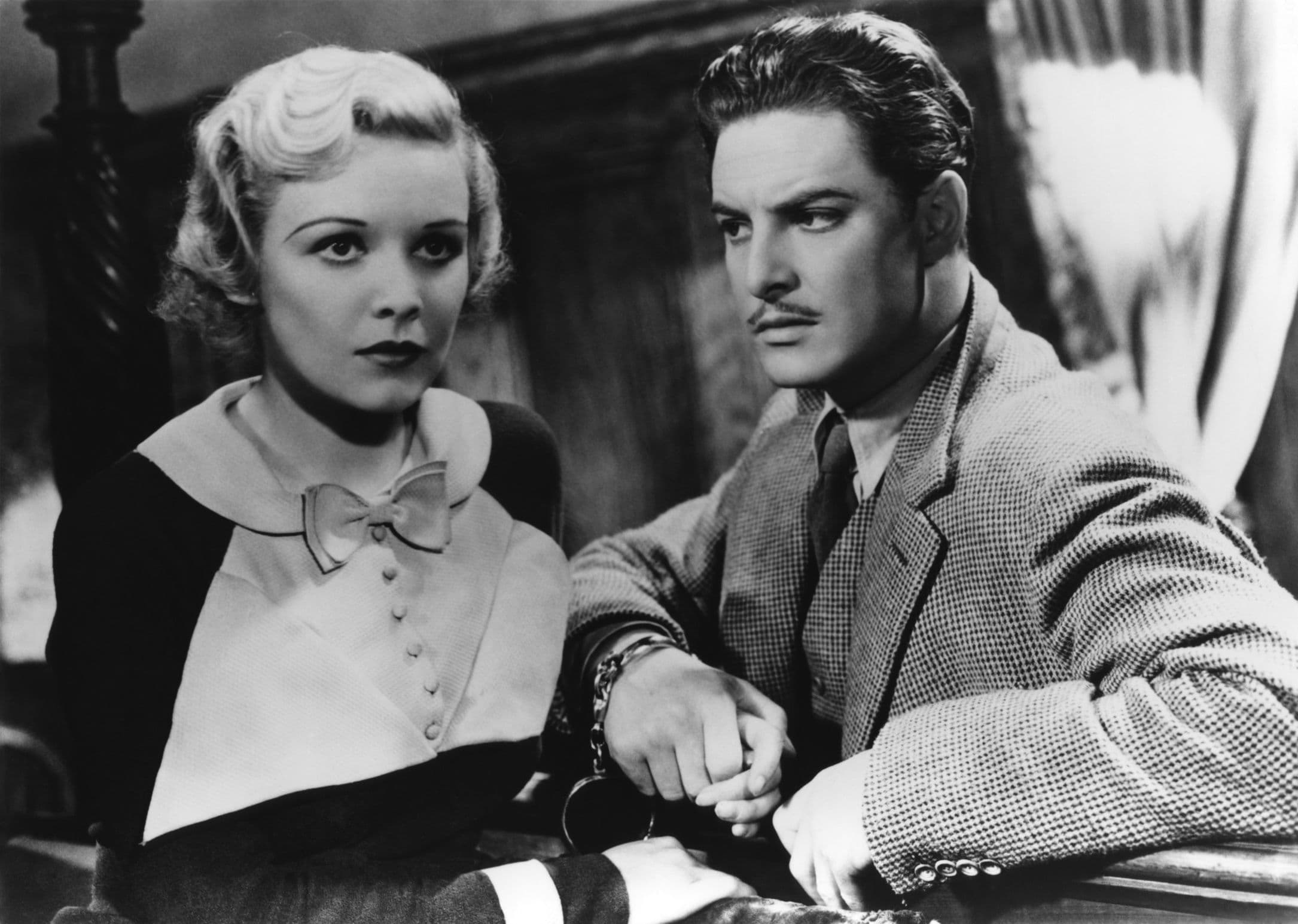
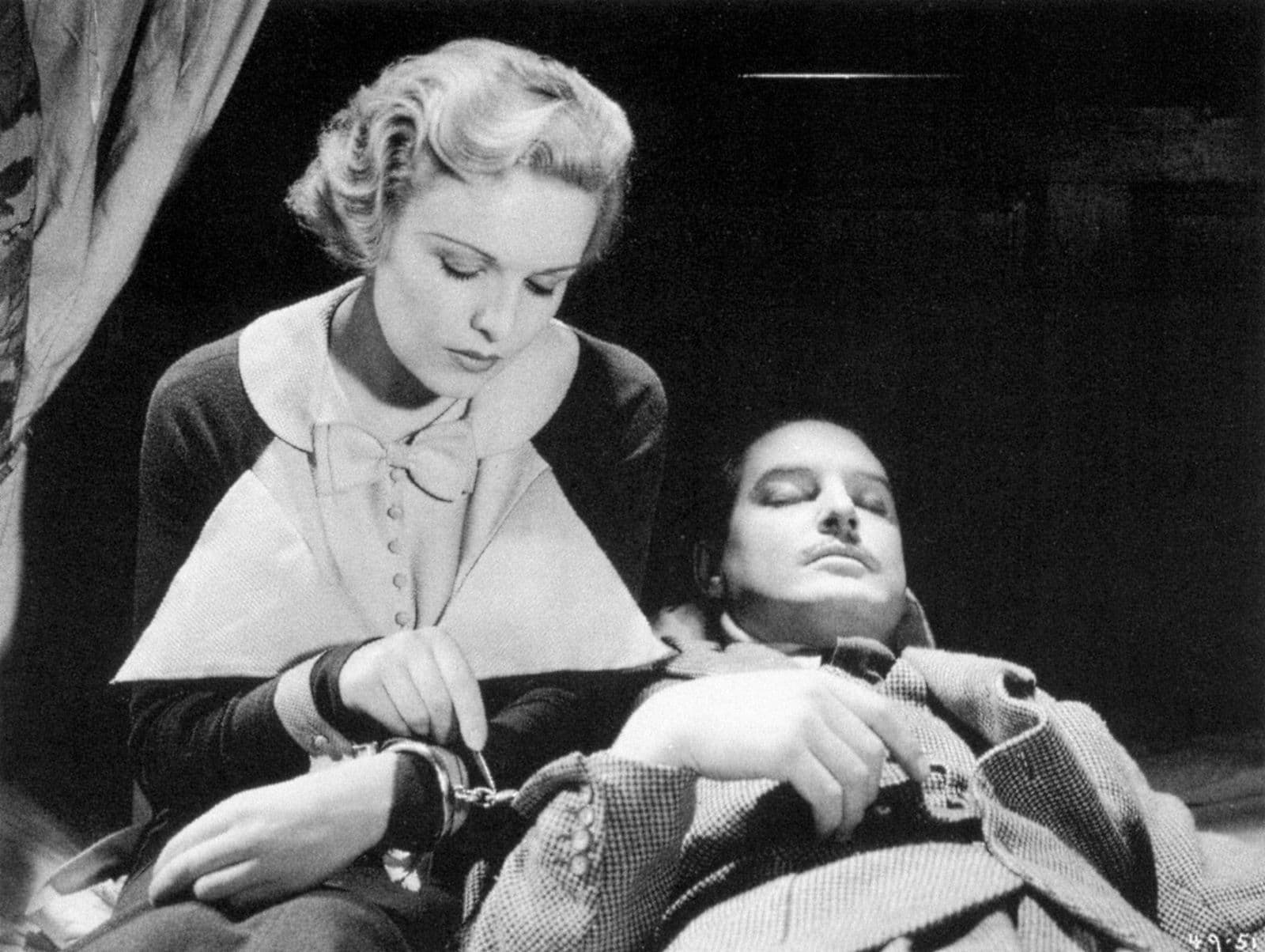
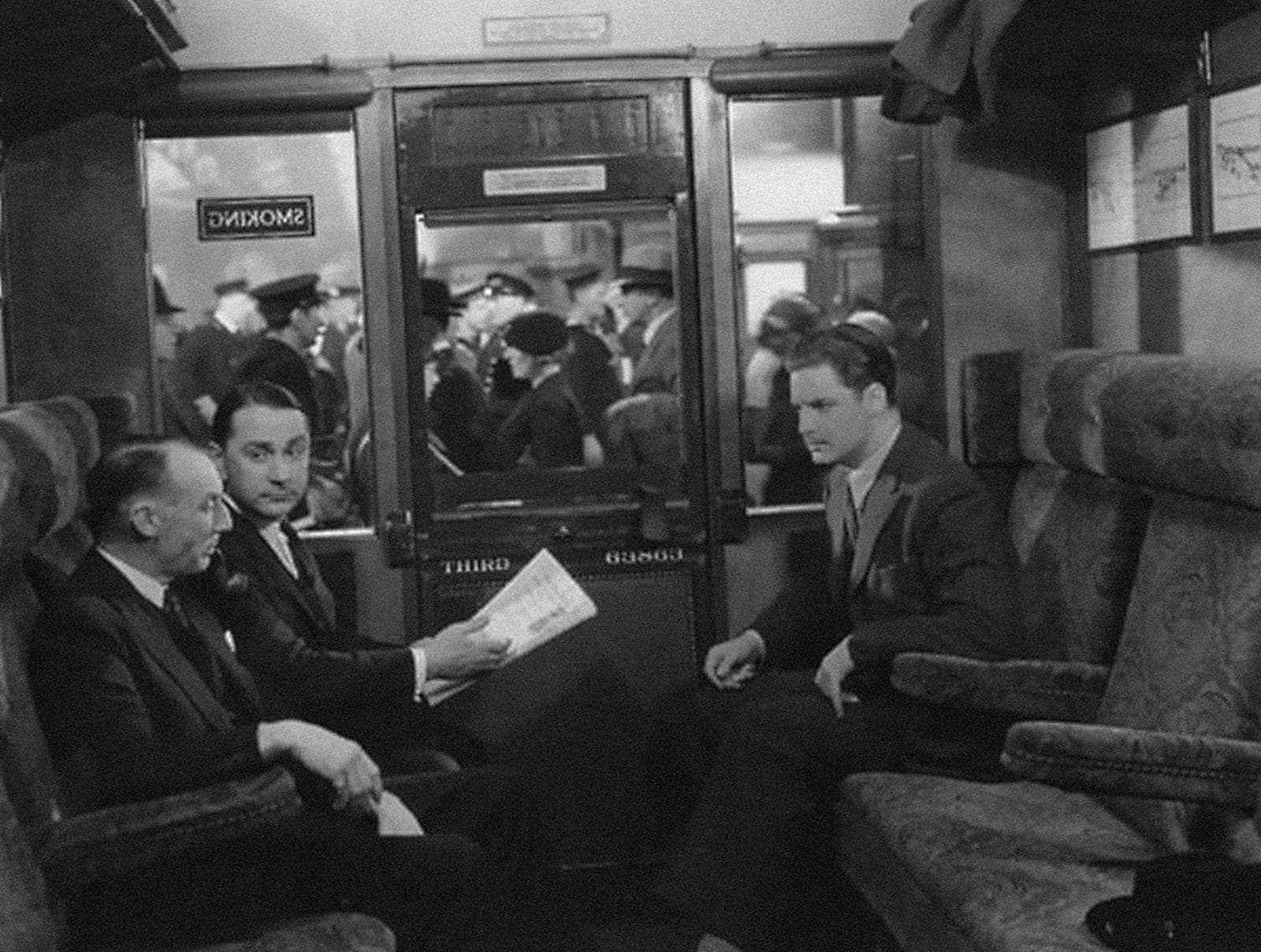
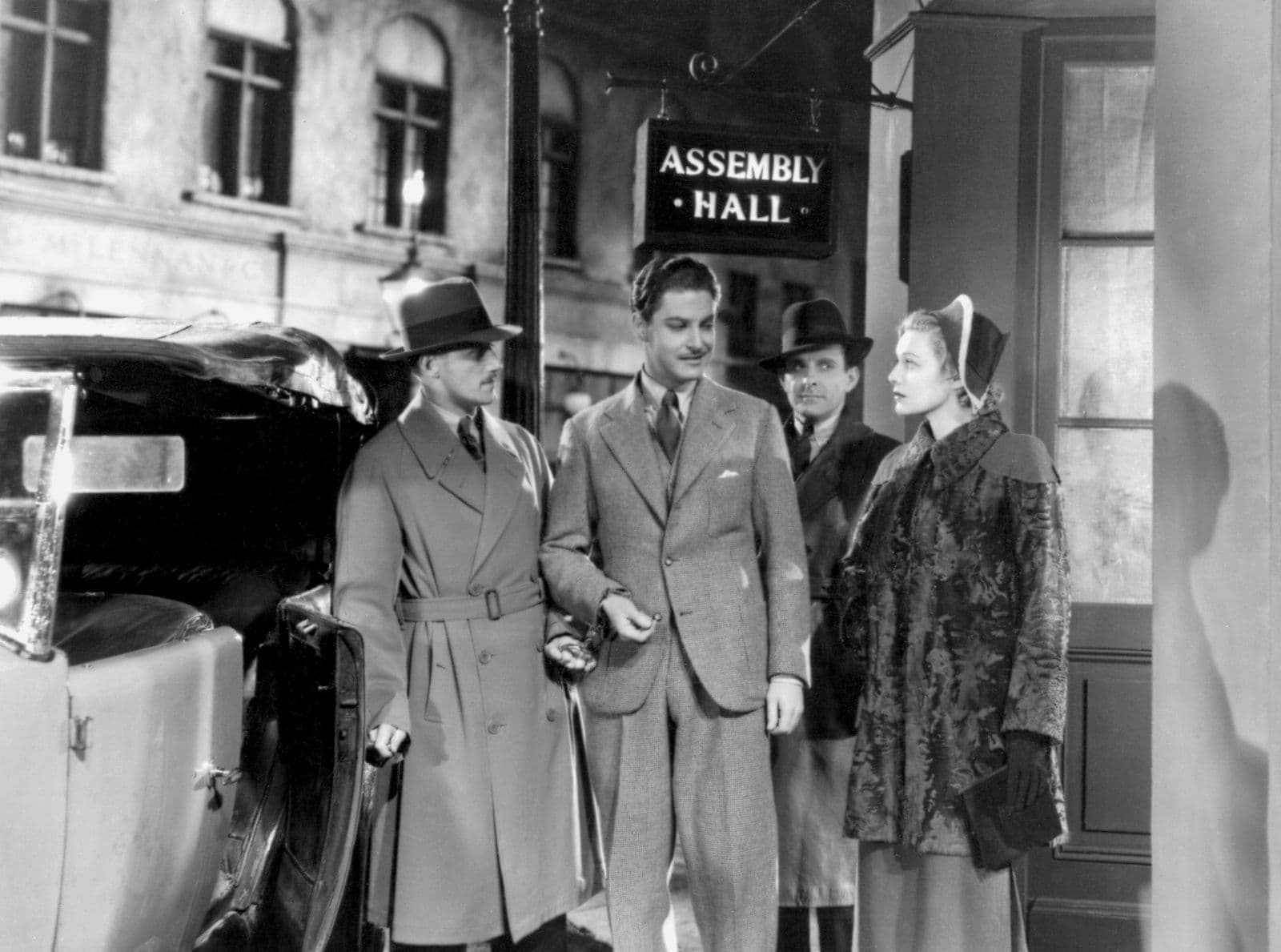
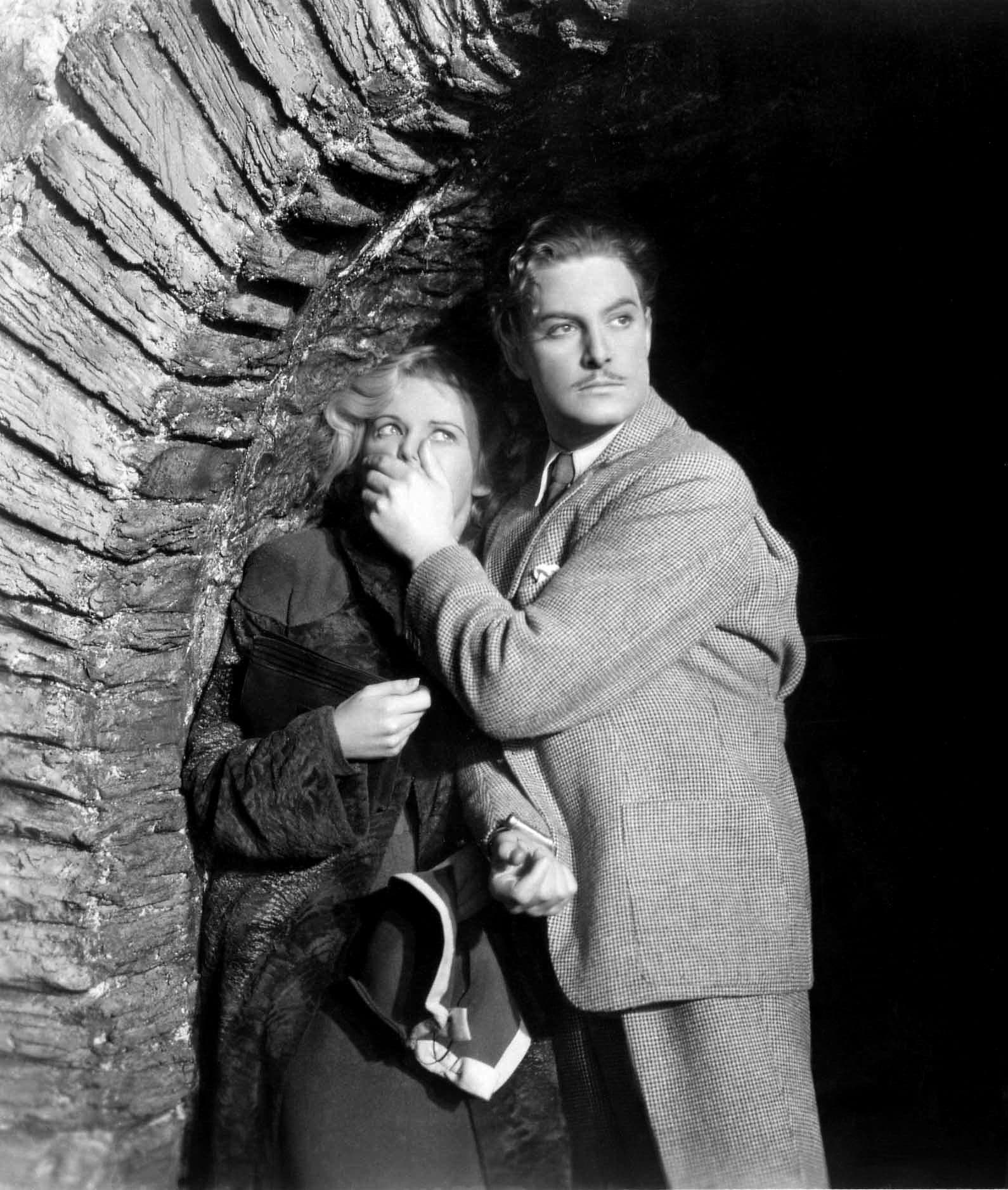
Comments
Loading comments...